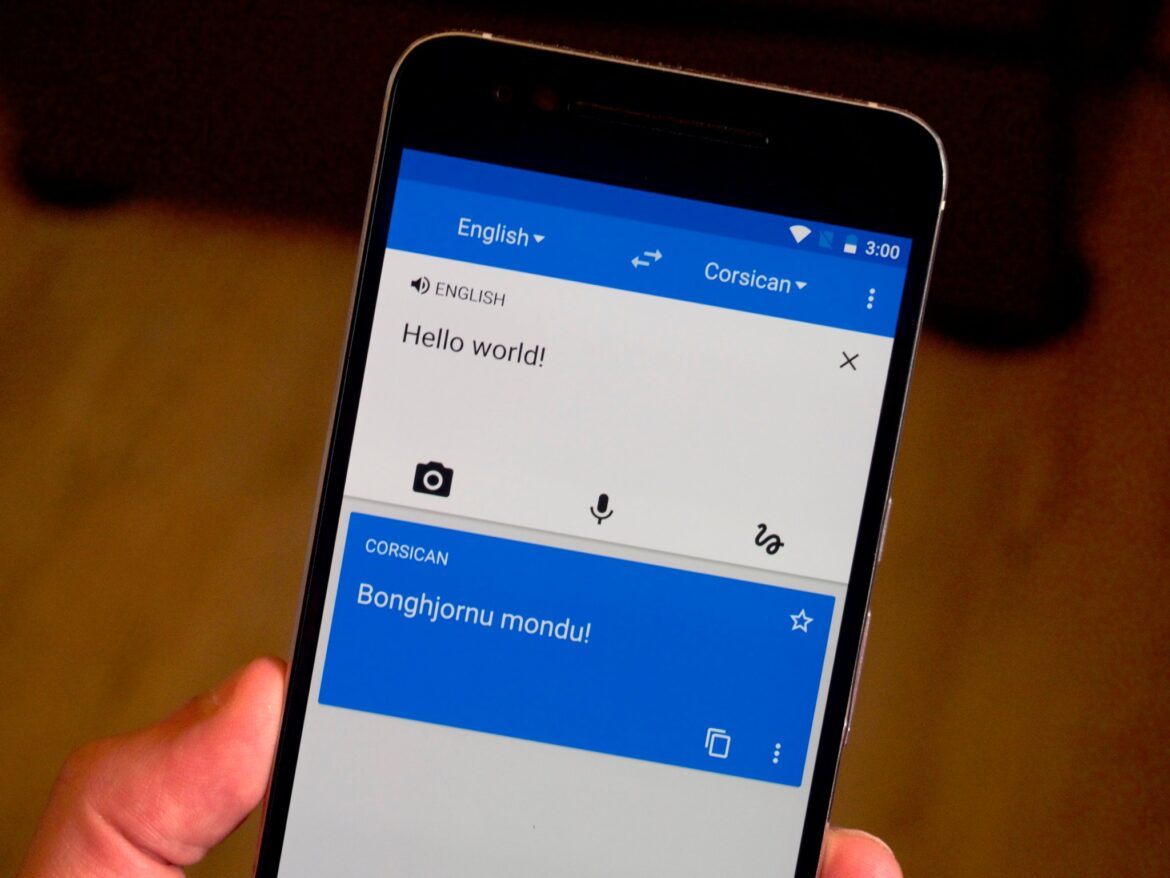425
Google Translate is particularly suitable for quick translations on the go. In our article, we examine how well it performs in other areas.
Studies and facts: How accurate Google Translate really is
Recent studies by Preply and UCLA show that Google Translate achieves 72-97 percent accuracy, depending on whether you are translating literary texts, business emails, or colloquial language. Here are the key findings:
- The 2021/2022 study by Preply shows that the quality of Google Translate depends heavily on the type of text. Google Translate is most accurate with literary texts (96.35 percent) and least accurate with colloquial expressions and idioms (72.29 percent).
- The average readability and sentence structure of the translations in the Preply study was just 4 to 7.5 out of a possible 10 points.
- Google Translate cannot always correctly capture technical terms, but it is getting better at it. For example, in 2021, the UCLA Medical Center conducted a study in which the accuracy of translations was mostly between 55 and 94 percent. However, in 82.5 percent of cases, at least the general meaning of a statement was correctly captured.
- But it’s not just the type of text that plays a role; the language direction is also crucial. English as the source language delivers the best results, as most training data on the internet is available in English.
- Overall, the quality of translations has improved significantly over the years. However, computer-assisted translations are still not a panacea, even if you try other online translators. Minor grammatical and, above all, semantic errors are almost impossible to avoid.
- Google Translate vs. DeepL: According to studies, DeepL is considered to be more accurate with complex texts, especially with European languages. According to a 2024 survey by the ALC (Association of Language Companies), 82 percent of leading language services companies (LSCs) use DeepL for their translations.
Areas of application: When is Google Translate useful?
Google Translate shines when traveling, in business, and in everyday life, but not everywhere. Here you can find out where the translator works reliably and when you should be careful:
- Google Translate is always useful when you need information quickly. This could be product information or news in other languages, for example. Integrated into your browser, you can translate entire websites with just one click.
- In your everyday work, Google Translate helps you quickly understand emails from international colleagues or get a rough idea of their content. It is well suited for initial drafts, but important messages should be checked by a human.
- The camera function is ideal for travelers: simply point it at a menu or street sign and the translation appears directly in the image. It also works offline with downloaded language packs for 59 languages.
- The new live translation feature launched in August 2025 enables real-time conversations in over 70 languages. The system automatically recognizes pauses and also works with accents. However, be careful with important conversations, as nuances can be lost.
- Caution here: Google Translate is a double-edged sword in the education sector. On the one hand, it is a helpful tool, but on the other hand, the learning effect is lost when you no longer have to translate yourself. For vocabulary, specialized dictionaries such as LEO or PONS are more accurate, as they provide grammatical information, examples, and different meanings.
- Contracts, official documents, and official correspondence require professional translation, as even small errors can have legal consequences. For such documents, it is best to use state-approved translators.
- Advertising copy, slogans, and brand communication often lose their impact when machine translated, as nuances, puns, and cultural references are not conveyed.

